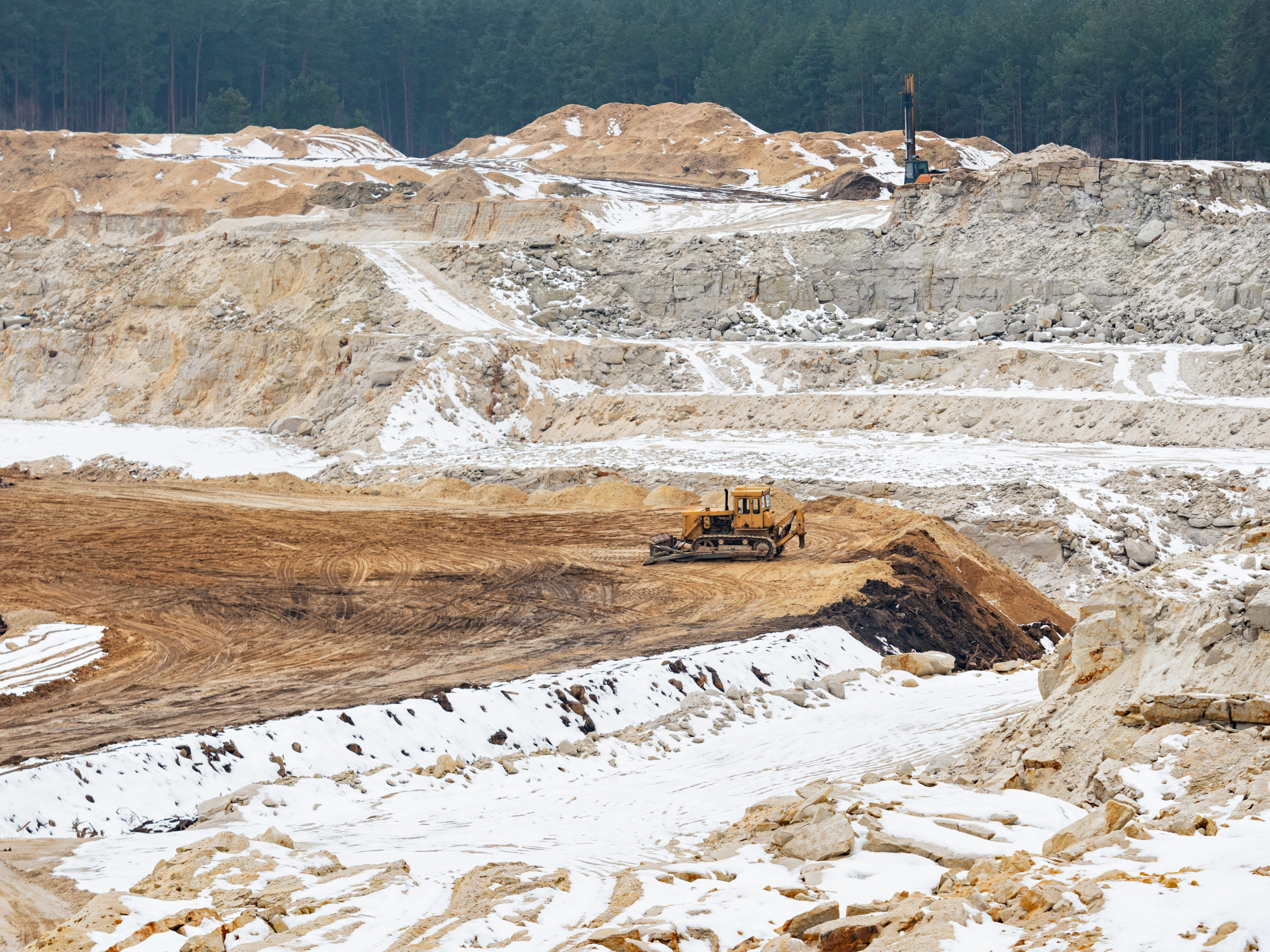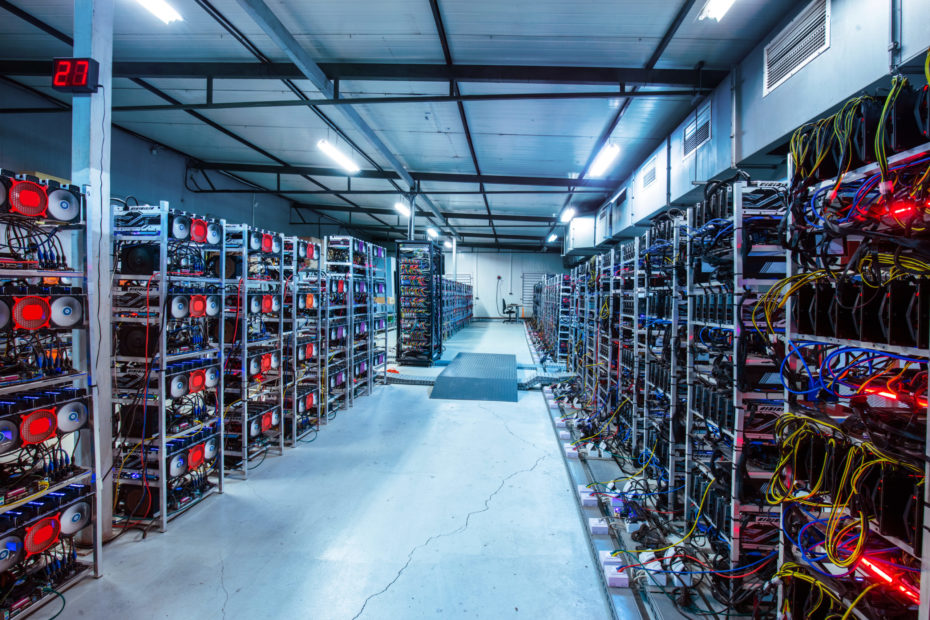From Mine to Mint: Solving the Semiconductor Shortage
The semiconductor shortage is old news by now. For well over a year, overstressed production lines have meant that vital industries have been unable to access these complex components in the qualities necessary to maintain production. However, video game consoles and other consumer electronics are not the markets struggling. As an up-and-coming sector, cryptocurrency mining is also struggling deeply with component shortages.
Crypto’s first big wave occurred back in 2010, when Bitcoin jumped from fractions of a cent to nine whole cents! That may sound comically small, but it signaled the start of a meteoric rise for the blockchain-backed currency. Recently, the coin hit a new all-time high of $68,000. This rise has been spurred by a massive increase in market investment for crypto in the past few years. This notably includes pushes in lesser-known currencies such as the joke Dogecoin, which was skyrocketed by several tweets of support by billionaire Elon Musk.

For many, one of the big draws of crypto is ‘mining’. Essentially this boils down to the decentralized system of the blockchain paying miners to use their computer’s processing power to create more cryptocurrency. The underlying system is incredibly complex, but this article from Investopedia is an excellent explainer for those interested. Either way, performing the extremely difficult calculations required to mine crypto requires large numbers of the best Application-Specific Integrated Circuit (ASIC) miners available.
Unfortunately, the capability for manufacturing these chips is highly consolidated, specifically into Intel, Samsung, and TSMC. As a result, the universal demand for semiconductors has meant that production is highly strained. The only way to solve this global issue is to increase production capacity. Luckily, new technology offers more ways than ever for manufacturers to build and operate fat, efficient, hyper-clean spaces to produce chips. Here’s how Porous Media™ air bearings can solve semiconductor woes at every point in the process.
The Benefits of Porous Media for Open Pit Mining
Silicon is one of the most popular base materials for semiconductor production and is mined as silica sand from open-pit mines. These mines are exactly what they sound like, huge holes in the ground, with a range of benefits over tunnel mines including easier mass-production, smaller crew sizes, the ability to use bulkier machines, and smaller shutdown expenses. Still, mining is always a dirty, dangerous business, and requires high-capacity equipment to maximize efficiency.
Porous graphite air bearings provide a wide range of possibilities to the mining industry, delivering new ways to cleanly handle and sort raw materials, and even easily move extremely heavy machinery. Products such as New Way’s Air Bars and linear slides offer incredibly durable solutions to the processes of mining.
The zero-contact action means no wear and tear on parts, increasing longevity. In the event of catastrophic failure, our air bearings also depressurize slowly, making them crash-resistant. They will even maintain function with scratches and scrapes due to the design. Finally, they are self-cleaning. The stiff air cushion the pressure produces naturally keeps grit, grime, water, and lubricants from interfering with bearing function. Bearings can even be retrofitted into old machines to enhance performance and longevity.
Air Bearings as a Tool for the Semiconductor Industry
As detailed in our previous blog post on the semiconductor shortage, air bearings provide many benefits to the manufacturing side of production as well as mining raw materials. By eliminating the issues of many traditional motion systems, air bearings can increase the precision, speed, and even ease of installation for semiconductor plants. Here are the three main advantages of New Way products manufacturing semiconductors:
- Precision. Air bearings do not rely on rollers, fully eliminating the resolution limitations of traditional bearings. This also naturally avoids hysteresis error, simplifying the necessary system controls. Finally, the lack of vibration in air bearings allows for the nano-scale accuracy required by semiconductor production.
- Cleanliness. Porous graphite bearings require no lubricant to run, making them exceptionally clean to work with. Also, unlike orifice air bearings, they require very low operating pressures, and thus do not produce eddy currents. Altogether, this lets New Way products meet the Class 1 cleanliness criteria required for semiconductor production.
- Speed. Finally, the key to faster production is not only capacity, but speed. Chips take over three months to produce, meaning any time shaved off a process is a victory. Air bearings can move and stop incredibly fast without sacrificing precision, allowing producers to increase throughput rates. This makes them an ideal choice for semiconductor manufacturers.
Bring Your Old Process into the Modern Era
Like many industries, mining and semiconductor production have established machines for their specialized work. How can air bearings fit into such entrenched processes? Amazingly, it’s not difficult at all! New Way is experienced in retrofitting old machines with new air bearings to enhance performance and longevity.
To learn more, download our free ebook, “Retrofitting with Air Bearings,” and discover how any process can access the benefits of Frictionless Motion®️. For questions about how New Way can transform your custom application, contact us today!



